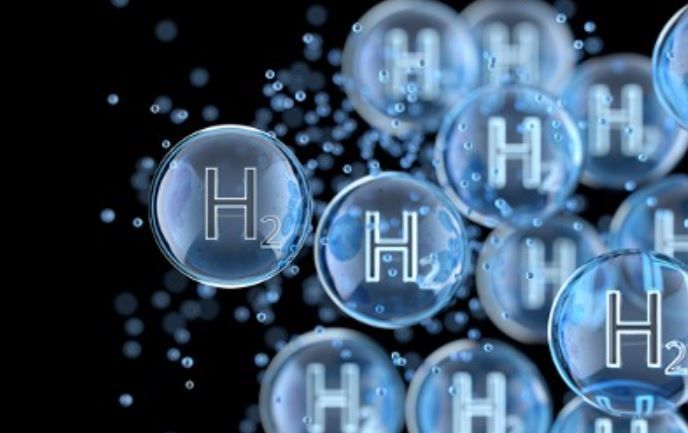In the current study, nanoindentation was utilized to evaluate the mechanical response of shale samples exposed to hydrogen, revealing a progressive decrease in mechanical strength over time—a crucial factor for assessing the feasibility of hydrogen geological storage.
Quantifying the effects of prolonged hydrogen exposure on shale formations uncovered significant changes at both the micro and macro levels. Following 7, 30, and 60 days of exposure, a clear increase in indenter displacement under a fixed force was observed, with measurements indicating a 4.3%, 8.7%, and 11.5% increase, respectively. This progressive weakening suggests a direct degradation pathway facilitated by hydrogen interaction. Concurrently, Scanning Electron Microscopy (SEM) provided visual evidence of surface and sub-surface morphological changes, confirming the mechanical observations.
The SEM imagery pointed to alterations in the shale’s surface, which, when combined with mechanical degradation data, underscores the material’s inability to indefinitely serve as an impermeable caprock in hydrogen storage contexts. Such findings necessitate a reevaluation of current perceptions regarding the long-term viability of organic-rich shale for hydrogen storage applications.
Given the global shift towards sustainable energy, hydrogen emerges as a formidable candidate in the decarbonization journey. However, the tension between hydrogen’s rapid reactivity and the integrity of geological storage sites poses an intricate challenge. Currently, hydrogen production is projected to grow at a CAGR of 26.6% from 2020 to 2028, standing as a potential powerhouse in the energy sector. Yet, the integrity of storage media—essential for the storage and distribution network—cannot be overstated.
Organic-rich shale, with its nuanced geomechanical properties, has often been seen as a natural candidate for storage facilities. Nonetheless, its intrinsic weaknesses—exacerbated by hydrogen exposure—indicate a pressing need for further scrutiny and possibly the development of novel storage strategies or materials that may better withstand long-term hydrogen interaction.
Insightful Disruption: Rethinking the Framework
The study at hand challenges the conventional wisdom regarding the suitability of shales, calling into question the parameters upon which their integrity is evaluated. Given that shale compositions are highly heterogeneous, a uniform approach to their assessment may be misleading. The nanoindentation and SEM methods employed in this research provide a paradigm in which micro-level examinations yield macro-relevant insights, urging a shift away from predominantly macro-scale evaluations of geological suitability.
The intricate interaction between hydrogen and shale not only raises questions about suitable storage media but also pressures industry standards to incorporate these findings into their frameworks. Ensuring that storage solutions meet necessary safety standards will require adjustments in how organic-rich shales are evaluated and implemented within the overall hydrogen storage strategy. As the energy landscape pivots towards hydrogen, the geomechanical complexities must be understood with an emphasis on safety, reliability, and efficiency.
Stay updated on the latest in energy! Follow us on LinkedIn, Facebook, and X for real-time news and insights. Don’t miss out on exclusive interviews and webinars—subscribe to our YouTube channel today! Join our community and be part of the conversation shaping the future of energy.
